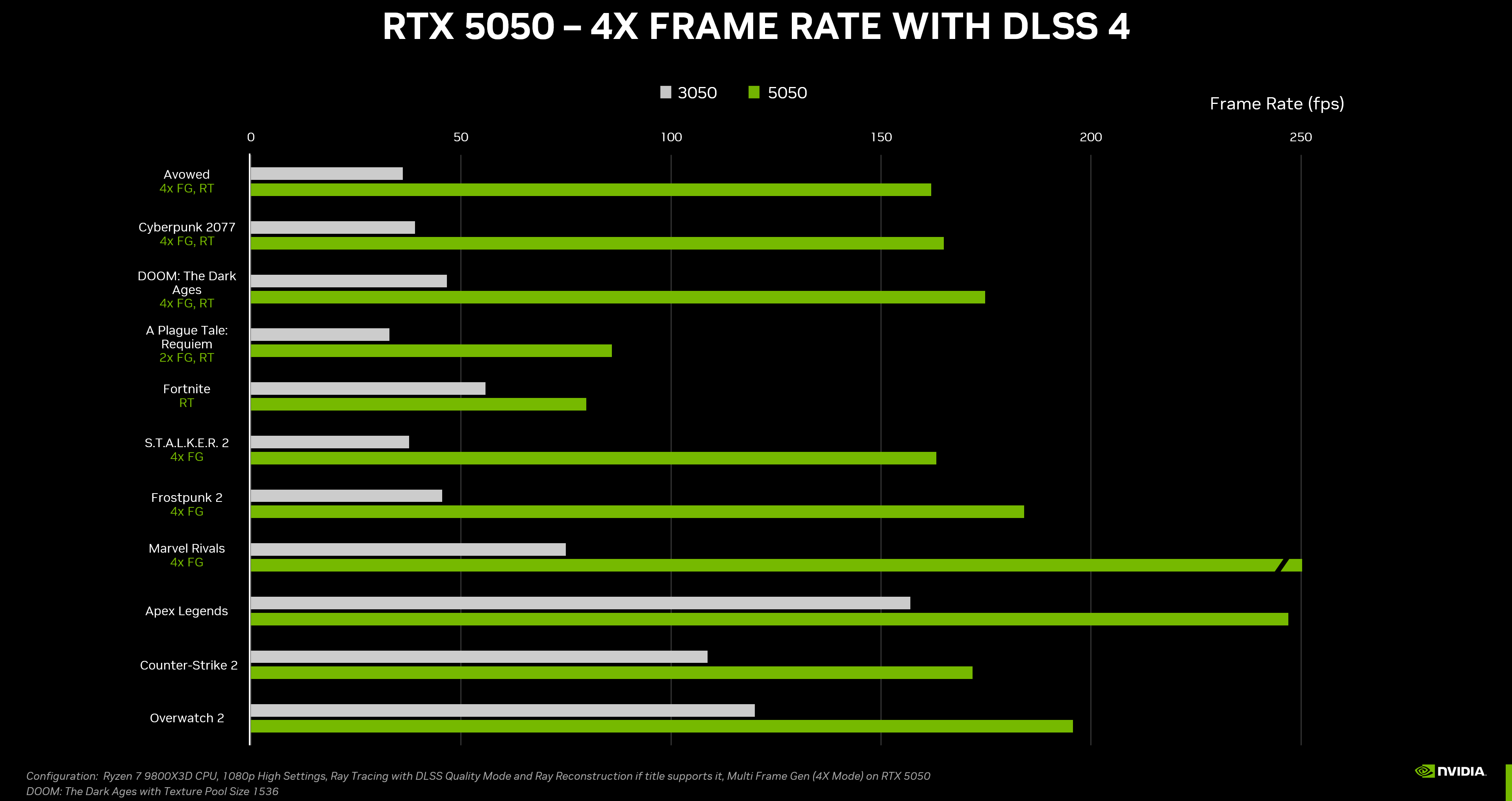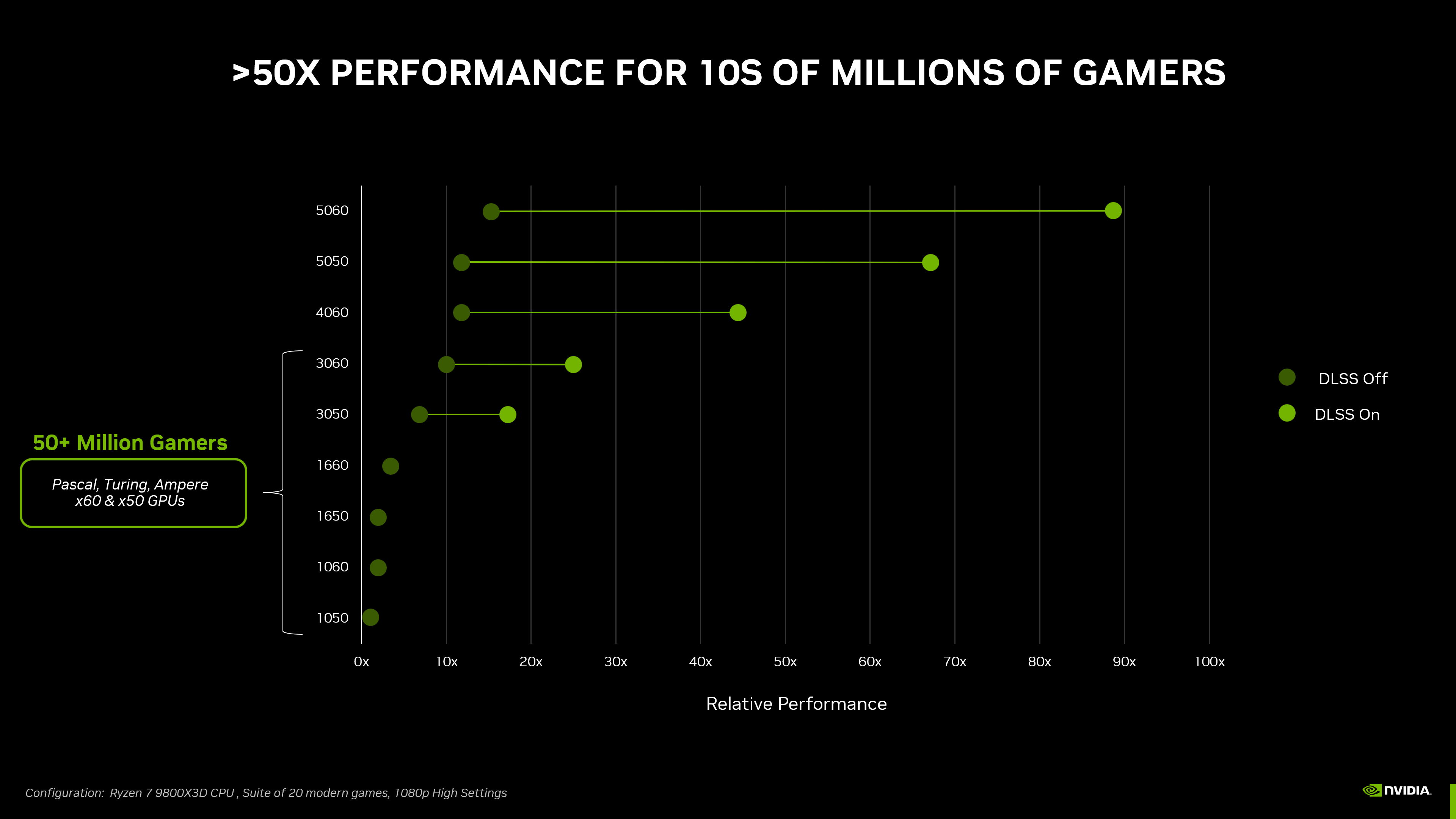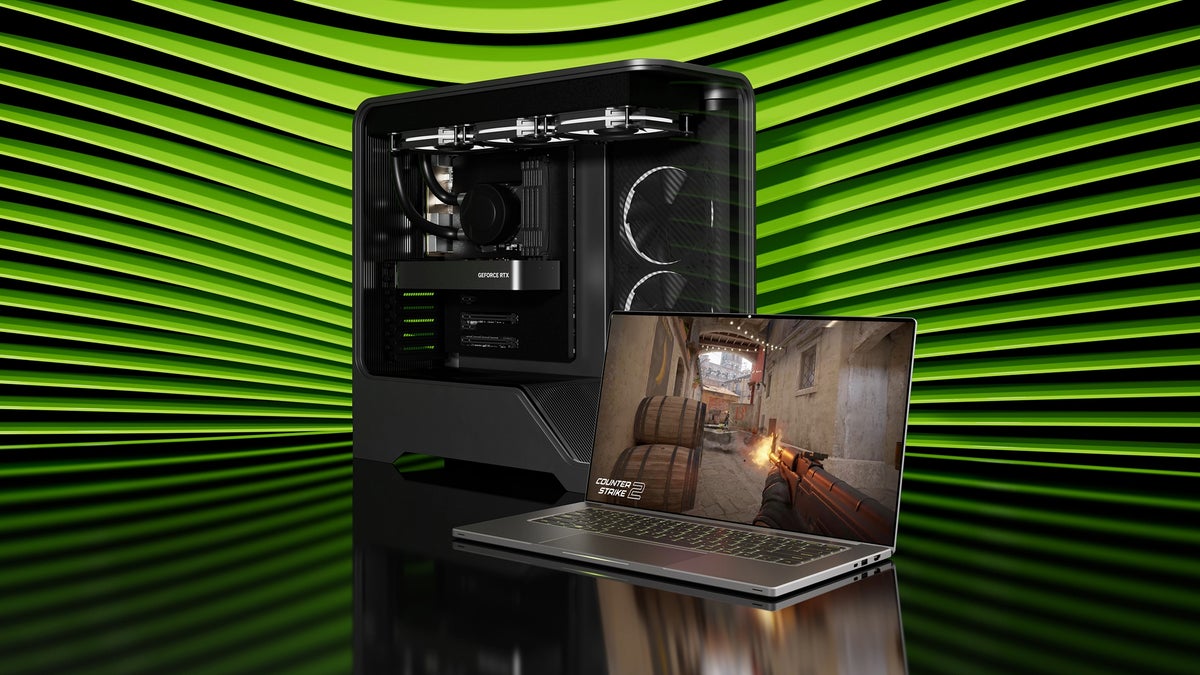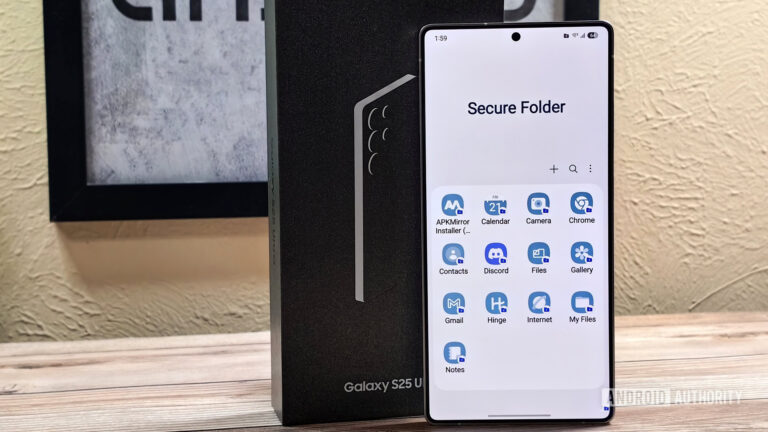Nvidia’s entry-level RTX 50-series card has officially landed
At $249, this is Nvidia’s cheapest Blackwell GPU
Nvidia just dropped the GeForce RTX 5050, the most entry-level member of its RTX 50-series lineup. It’s launching in the back half of July, and it’ll set you back $249.Spec-wise, this little guy comes with 2,560 CUDA cores based on the new Blackwell architecture – which is like a dedicated CPU in the GPU that uses AI to optimize stuff in real time, 8 GB of GDDR6 memory on a 128-bit interface and a 130W power draw. So yeah, you’ll still need to plug in a 6-pin or 8-pin connector.
Boost clocks go up to 2,570MHz, though some models from board partners will probably push it a bit further with factory overclocks. You also get 5th-gen tensor cores for AI stuff (up to 421 TOPS) and 40 TFLOPs of ray tracing performance. Not bad for a budget card.
And in case you forgot, Nvidia skipped the desktop RTX 4050 entirely. So yeah, this is technically the first xx50-class desktop card we’ve seen since the RTX 3050. But here’s the kicker – the 5050 actually shares a lot of specs with the old 3050: same CUDA core count, same memory size, same TGP.
CUDA cores are basically Nvidia’s version of tiny processors inside your GPU that handle all the heavy lifting for graphics, gaming, and parallel computing tasks – more CUDA cores usually means more power to crunch frames, effects, and data faster.
Nvidia’s performance charts are, let’s just say, less than helpful, but the company says the RTX 5050 is 60% faster (on average) in traditional rasterized games compared to the 3050.

Compared to the previous gen, the new one is indeed better. | Image credit – Nvidia
There’s no Founders Edition this time around, but all the big names – Asus, MSI, Gigabyte, Galaxy, Zotac, etc. – will be rolling out their versions of the card.
Should you care about it?
One big thing the RTX 5050 brings to the table is support for DLSS 3.5’s Multi-Frame Generation. That’s a first for the xx50 tier.
Translation? Instead of guessing what a reflection or shadow should look like, DLSS 3.5 uses trained neural networks to fill in the details more accurately. That means sharper lighting, cleaner reflections, and less visual noise, especially in games with heavy ray tracing.
But in the real world, DLSS 3.5 is one of those buzzword-y features Nvidia keeps pushing hard, and that at this point, still feels more like an ambitious idea than a flawless solution. Yes, it can boost frame rates by generating extra frames with AI, but especially in lower-end cards like the 5050, the effect might not always be great.Sometimes, things might just look… weird. It sounds cool and the tech has big potential down the line, but most non-hardcore gamers won’t even notice the difference and the ones who do probably care more about raw power and guaranteed high settings than fancy frame-gen tricks. Then again, this card clearly isn’t built for that crowd anyway.
Plus, not every game supports all DLSS features. You’ll need both developer support and compatible hardware. So, if a game doesn’t support DLSS, you’re mostly just getting a slightly more efficient version of the RTX 3050 with updated Blackwell architecture and faster clocks.

For around $50 more, the RTX 5060 is noticeably better. | Image credit – Nvidia
Speaking of which, yes – there’s a laptop version of the 5050, too. That one’s already shipping in machines starting at $999 and thanks to GDDR7’s better power efficiency, those laptops should stay cooler and slimmer.
A welcome entry-level option, but don’t expect fireworks
So yeah, unless your budget has a hard ceiling, you’re probably better off going a step higher. The 5050 doesn’t look like a bad card and DLSS 3.5 support helps, but overall, it feels more like a way to say “hey, we finally made a cheap Blackwell card” than something meant to shake up the budget GPU space.






